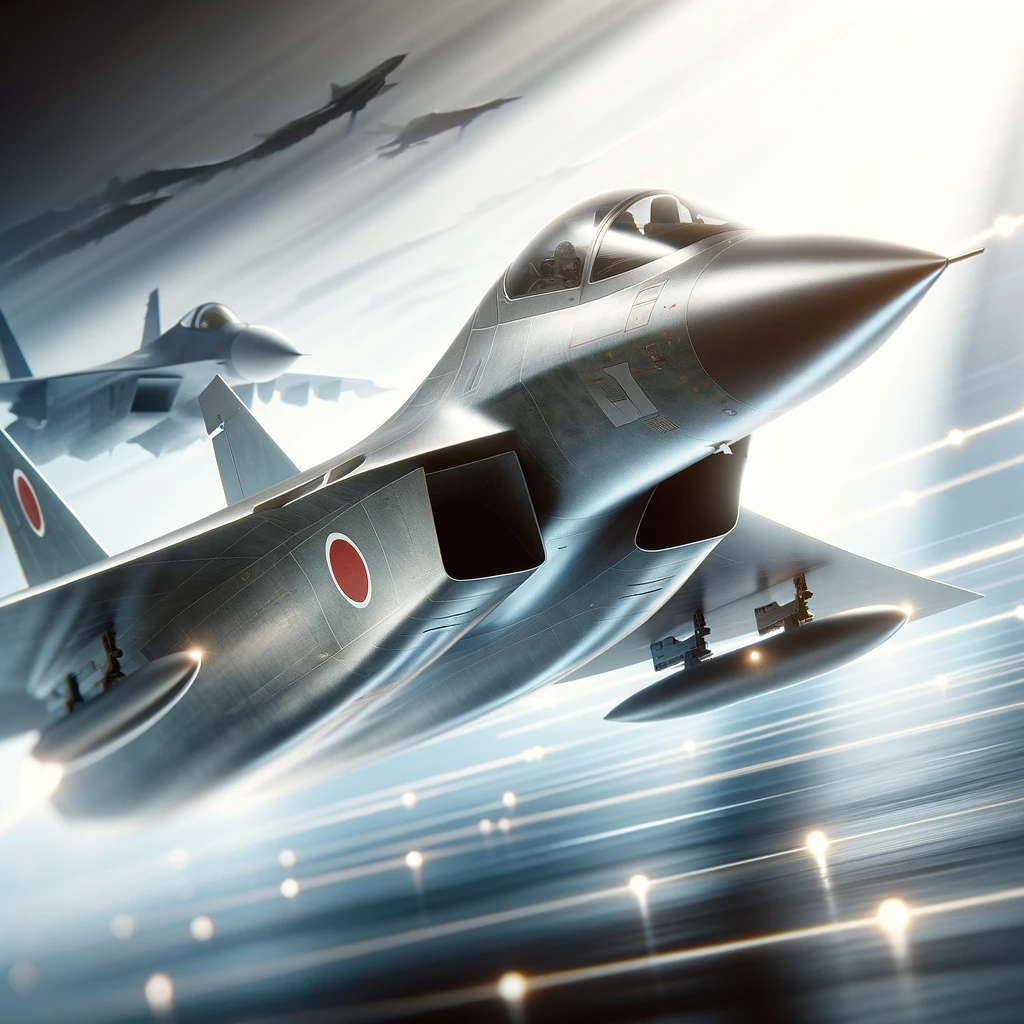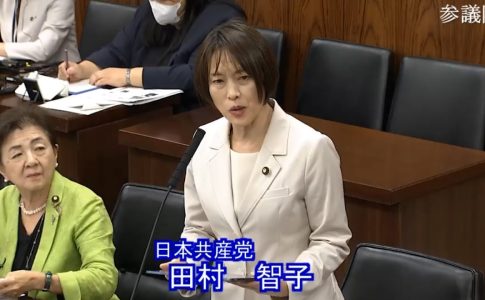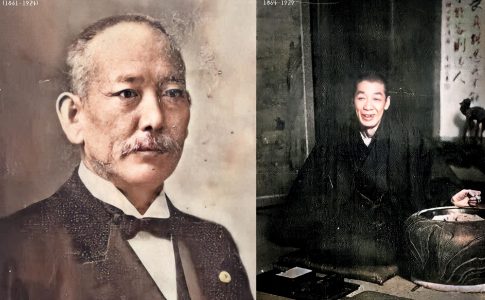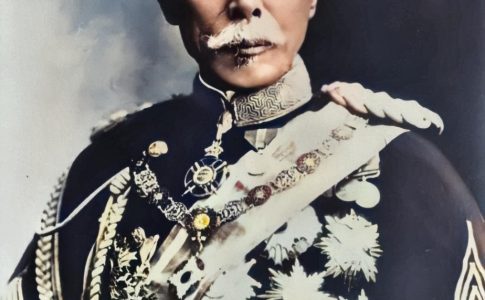October 2023 marked a significant moment in the global defense industry with the Seoul International Aerospace & Defense Industry Exhibition. South Korean President Yoon Suk-yeol proudly declared the nation’s transformation from a defense importer to an advanced fighter jet exporter. With ambitions to secure a 5% share in the global arms market by 2027, South Korea’s defense exports in 2022 reached approximately 2.59 trillion yen, ranking around the world’s top 10.
In contrast, Japan’s approach to defense equipment transfer, as outlined in the recently approved security documents, focuses on strategic foreign policy and nurturing the defense industry’s growth. However, discussions between Japan’s ruling Liberal Democratic Party and Komeito have been challenging, leading to a slow consensus-building process.
Japan’s history in defense equipment transfer has been cautious. Post-Korean War, Japan restarted its defense industry, primarily servicing U.S. military equipment. The nation initially exported weapons and ammunition to Southeast Asia and Taiwan but adopted a more restrained approach following U.S. pressure during the Vietnam War. The “Three Principles on Arms Exports” set in 1967 essentially halted exports to communist states, countries under UN sanctions, and nations involved in conflicts.
Significant changes came in 1983 under the Nakasone administration, allowing exceptions for defense technology transfers to the U.S. This paved the way for a more flexible policy, including the 2014 “Three Principles on Defense Equipment Transfers,” which allowed for exports under specific conditions.
However, Japan’s track record in actual equipment transfers has been modest, with only a few deals, like the 2020 contract to supply the Philippines with air defense radar systems. Compared to Western nations, Japan’s support to Ukraine during the recent conflict, involving non-lethal equipment like bulletproof vests and helmets, was notably limited.
The current framework, however, has room for improvement. Japan’s policy needs to be more aligned with global standards, like Italy’s criteria focusing on United Nations Charter principles. Furthermore, Japan’s approach to categorizing and permitting weapon exports should be more comprehensive and strategic, allowing for a broader range of defense equipment to be considered.
With South Korea’s aggressive global defense export strategy, Japan risks falling behind in a vital market. The newly enacted “Defense Production Base Strengthening Law” in Japan is a step forward, but more comprehensive measures are needed for Japan to remain competitive.
In conclusion, Japan’s defense export policy should embrace a more pragmatic approach, including a broader range of permissible exports and more straightforward criteria. A Japan-version of the Foreign Military Sales (FMS) program could address pricing issues and support a more robust defense foreign policy. Clarifying roles among ministries and developing a coherent national defense export strategy will be crucial for Japan to assert itself in the global defense market.












Leave a Reply